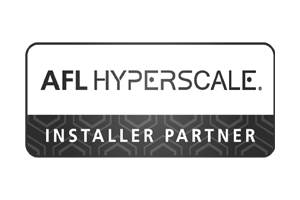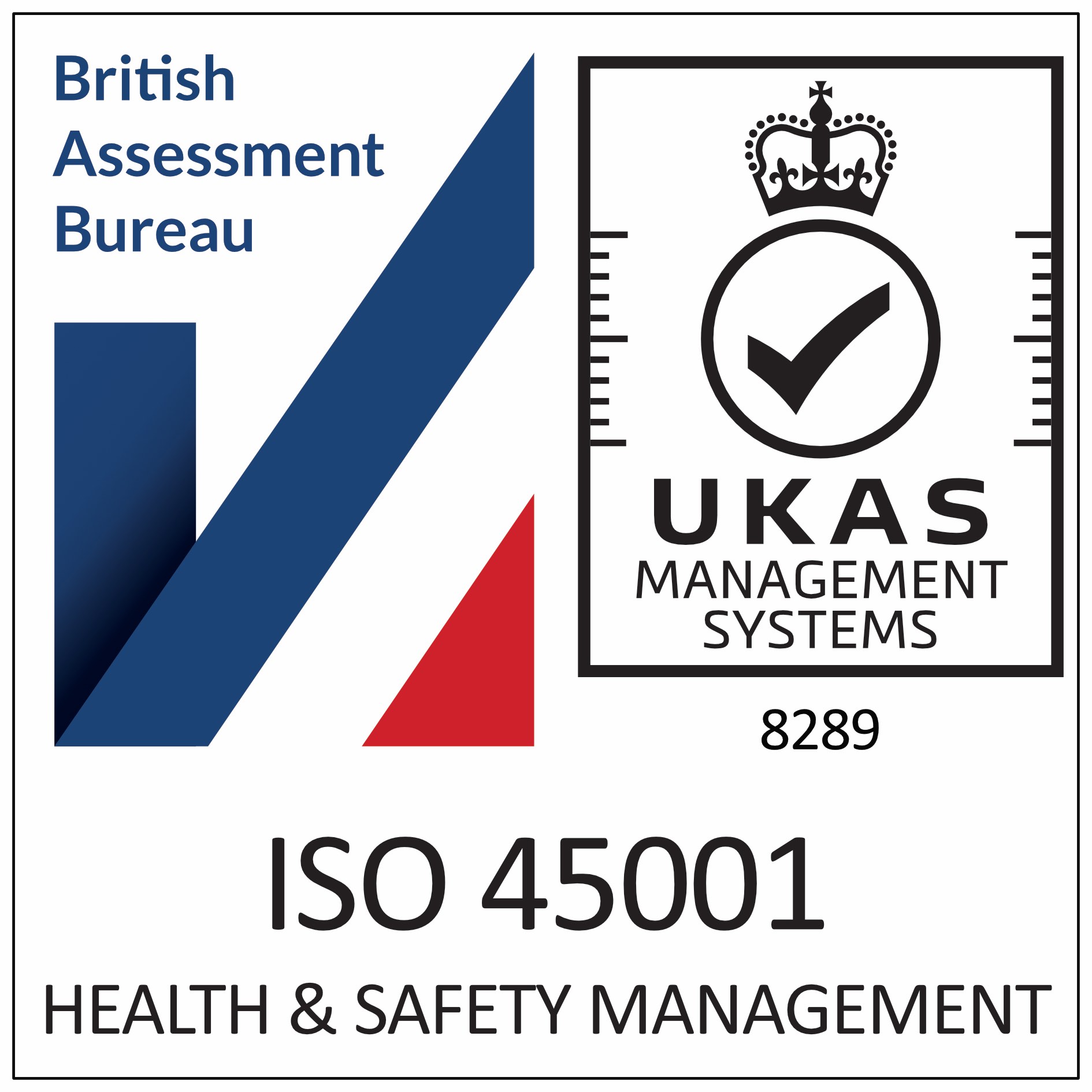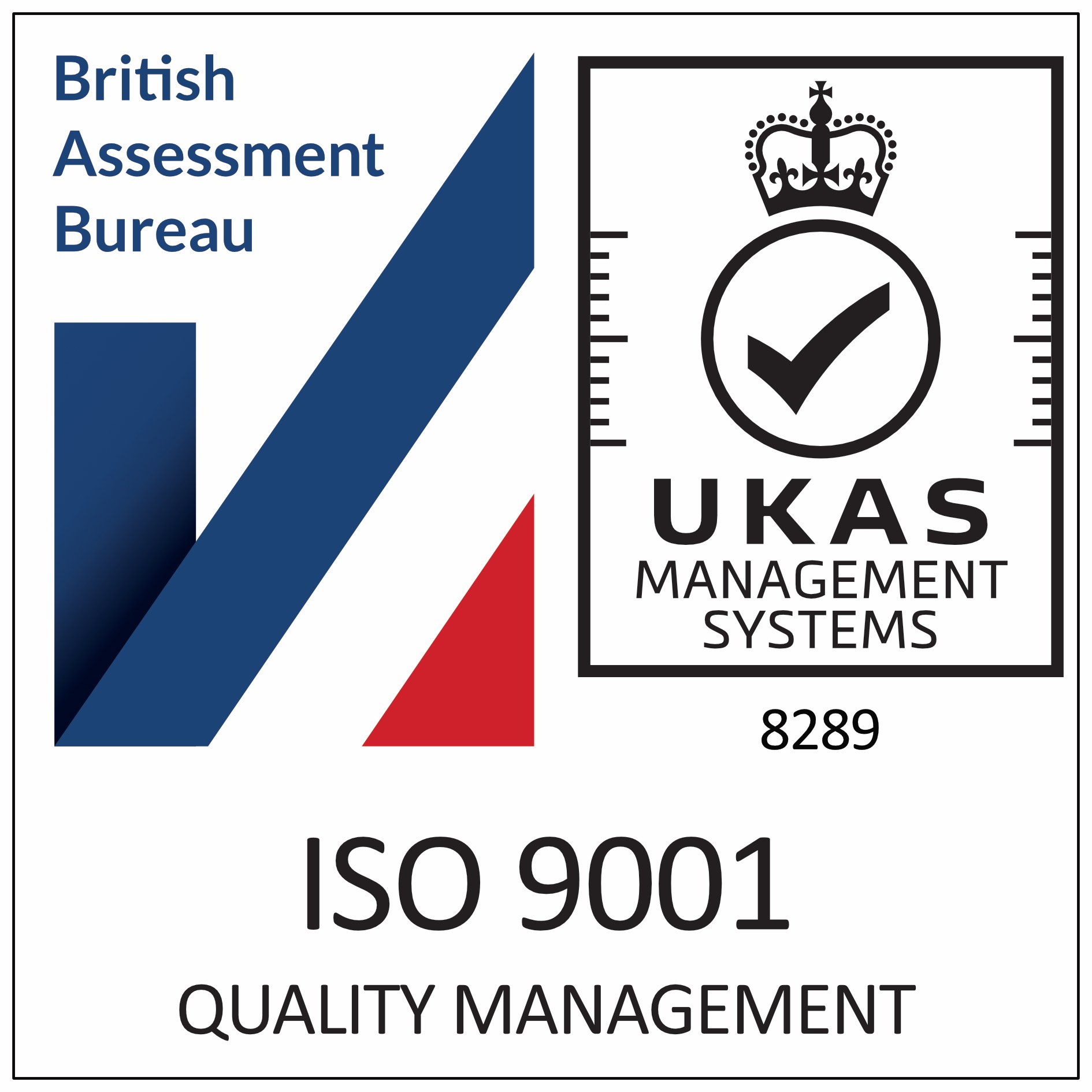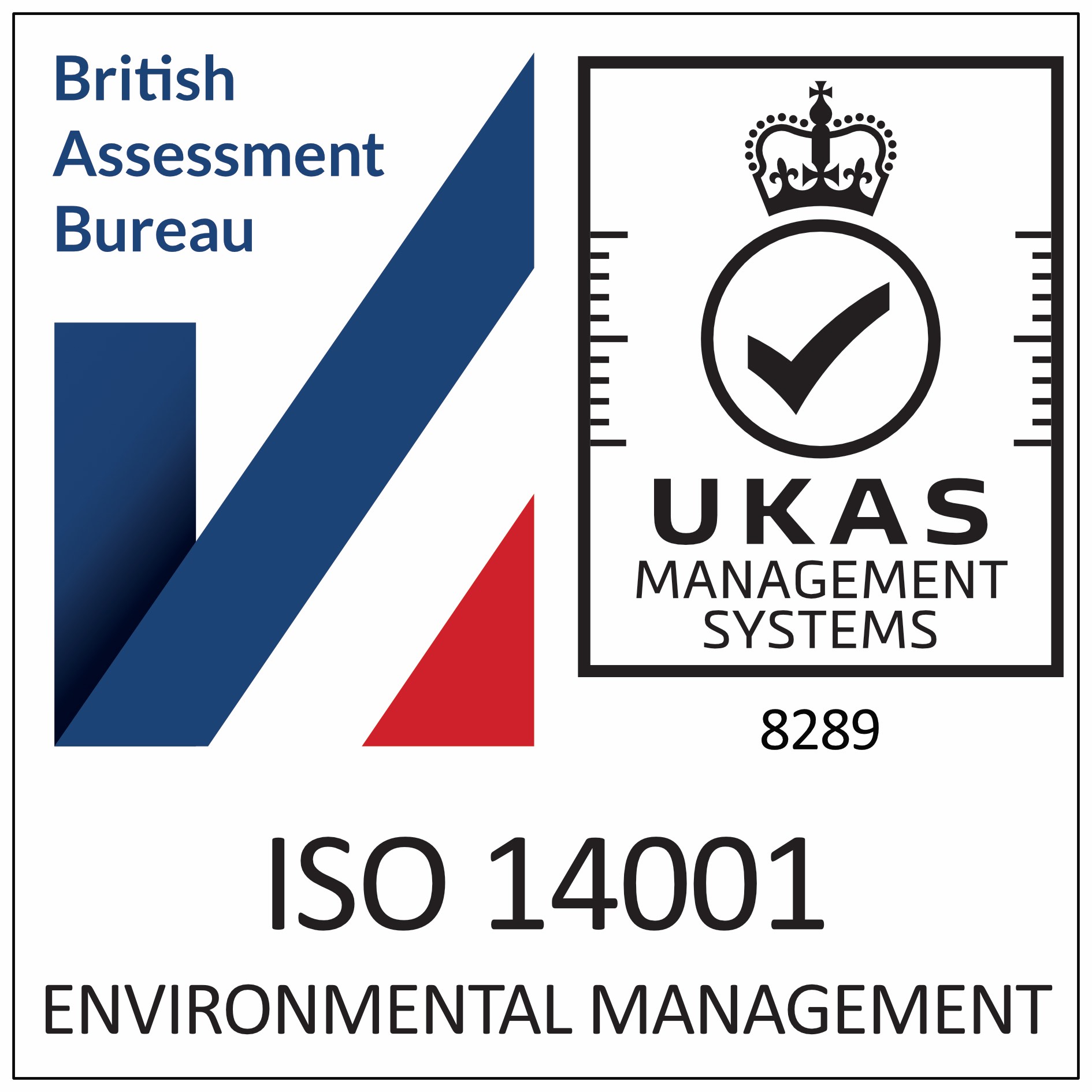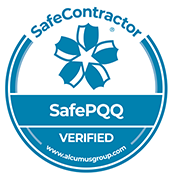Case Study
Electrical Installations for Luxury Retailer

Department
Electrical Installations
Project Value
£200,000
Scope of works
Fit new Schneider pan assemblies into the old MEM board cases with bespoke hand guards and covers made to suit each individual pan, depending on requirements.
About
We worked with a leader in luxury retail. Attracting customers from around the world, the iconic department store, continues to surpass the expectations of its visitors and offer an unparalleled shopping experience to all who walk through its doors.
Their framework consists of risers throughout the building; each riser has 3 boards on each floor: primary, secondary and display. The boards were built into the riser cupboards and could not be removed as they had been discontinued (MEM), so they all needed replacing.
Challenges
- The new pan assemblies would not fit into old cases and had to be modified in width.
- The cable inlet had to be modified into the pans so they would fit round existing cables.
- Tight time frames of working – each pan had to be removed and working again by the early hours of the morning so no disruption to shop operations would occur. The facilities management company would have to be updated daily as to works completed the previous night.
Solutions
- A modification team worked days on the frame reworks to the new pans whilst a second set of engineers carried out the installations during nights to keep to tight timeframes.
- The procurement of a plastic shaping/bending machine was made to allow the bespoke manufacture of guards on a daily basis.
- Log and photo/image handovers every night/day so the shop facilities management team were aware of progress on a night-by-night basis, allowing them to assess the works before shop opening.
During works
Problems with existing circuits and power re-energising issues were overcome by working hand in hand with the on-site team, ensuring power was always up and running before it was needed to allow smooth operation of the shop.
Completion
All works were completed in the allotted 6-week time frame and to the customer’s satisfaction, so much so, that we were awarded phase 2 of the works in late 2016, with the project commencing in March 2017.




